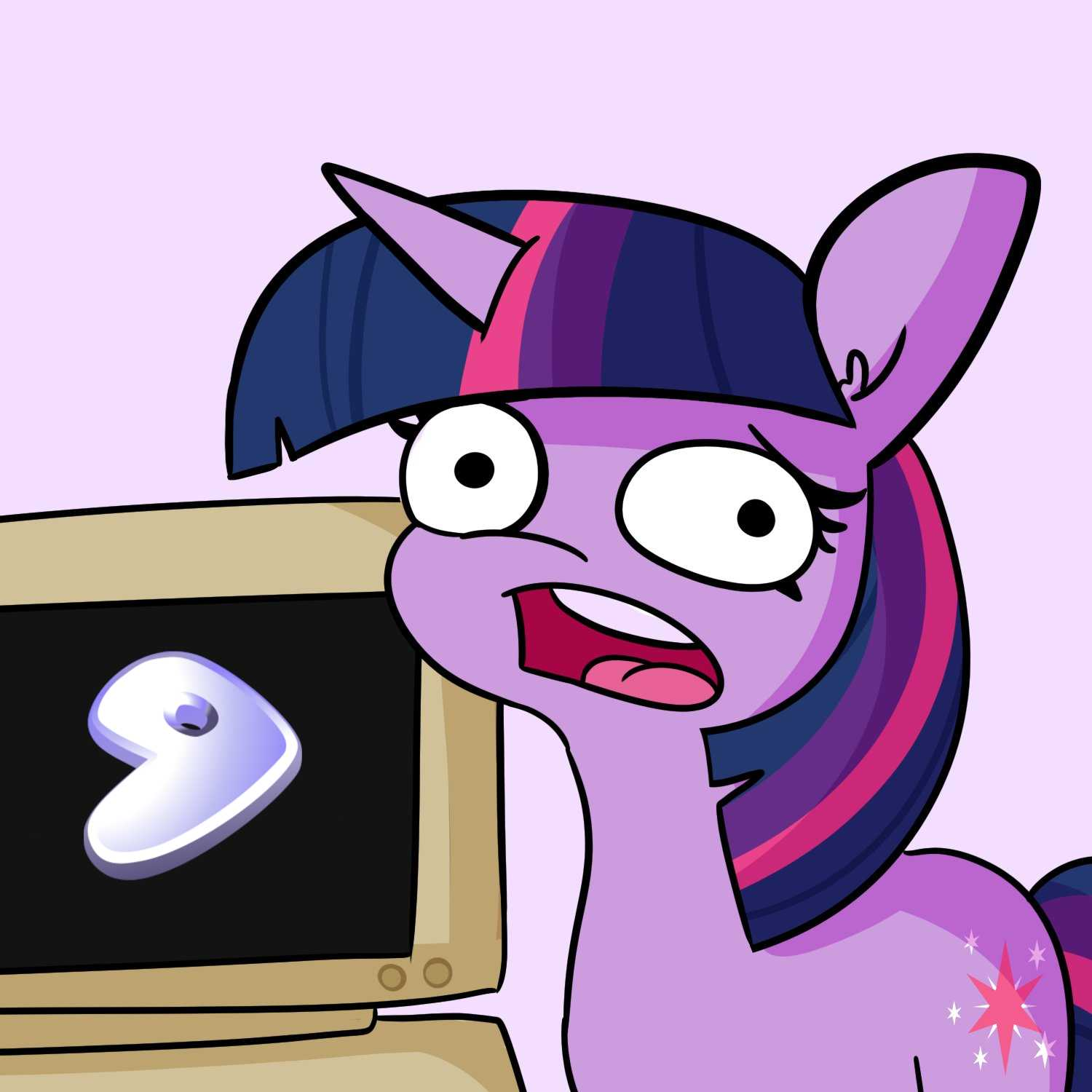“And while Spectral JPEG XL dramatically reduces file sizes, its lossy approach may pose drawbacks for some scientific applications.”
This is the part that confuses me. First of all, many applications that need spectral data need it to be as accurate as possible. Lossy compression in that might not be acceptable.
More interestingly (and I’ll read the actual paper for this): which data will be more compressed? Simply put, JPEG achieves its best compression by keeping the brightness but discarding colour. Which dimension in which spectral space do the researchers think can be more compressed than others? In this case there is no human visual system to base the decision on.
I literally can’t think of a scientific use case where lossy compression would be acceptable?
Spectral JPEG XL utilizes a technique used with human-visible images, a math trick called a discrete cosine transform (DCT), to make these massive files smaller […] it then applies a weighting step, dividing higher-frequency spectral coefficients by the overall brightness (the DC component), allowing less important data to be compressed more aggressively.
This all sounds like standard jpeg compression. Is it just jpeg with extra channels?
Yeah, it compresses better too though, and jpeg XL can be configured to compress lossless, which I imagine would also work here
Lossless JPEG would be amazing.
JPEG 2000 supports lossless mode.
There is Lossless JPEG since 1993.
It’s not just like jpeg with extra channels. It’s technically far superior, supports loss less compression, and the way the decompression works would make thumbnails obsolete. It can even recompress already existing JPEGs even smaller without additional generation loss. It’s hard to describe what a major step this format would be without getting very technical. A lot of operating systems and software already support it, but the Google chrome team is practically preventing widespread adoption because of company politics.
Both og JPEG and JXL support lossless compression.
JPEG does not support lossless compression. There was an extension to the standard in 1993 but most de/encoders don’t implement that and it never took off. With JPEG XL you get more bang for your buck and the same visual quality will get you a smaller file. There would be no more need for thumbnails because of improved progressive decoding.
Then same can be said about JPEG LS and JPEG XL. Most browsers don’t implement that.
JPEG does not support lossless compression. There was an extension to the standard in 1993 but most de/encoders don’t implement that and it never took off. With JPEG XL you get more bang for your buck and the same visual quality will get you a smaller file. There would be no more need for thumbnails because of improved progressive decoding.
What,
pickle.dumpyour enormous Numpy array not good enough for you anymore? Not even fancyzlib.compress(pickle.dumps(enormousNumpyArray))will satisfy you? Are you a scientist or a spectral data photographer?I guess part of the reason is to have a standardized method for multi and hyper spectral images, especially for storing things like metadata. Simply storing a numpy array may not be ideal if you don’t keep metadata on what is being stored and in what order (i.e. axis order, what channel corresponds to each frequency band, etc.). Plus it seems like they extend lossy compression to this modality which could be useful for some circumstances (though for scientific use you’d probably want lossless).
If compression isn’t the concern, certainly other formats could work to store metadata in a standardized way. FITS, the image format used in astronomy, comes to mind.
Saving arbitrary metadata is the exact use case for
picklemodule, you just put it together with your numpy array into a tuple. jpeg format has support for storing metadata, but they are an afterthought like .mp3 tags, half of applications do not support them.I can imagine multichannel jpeg to be used in photo editing software, so you can effortlessly create false-color plots of your infrared data, maybe even apply a beauty filter to your Eagle Nebula microwave scans.
Last I checked, JPEG XL takes a lot of time and resources to encode (create) an image, if you actually want it to be far more optimized than JPEG.







